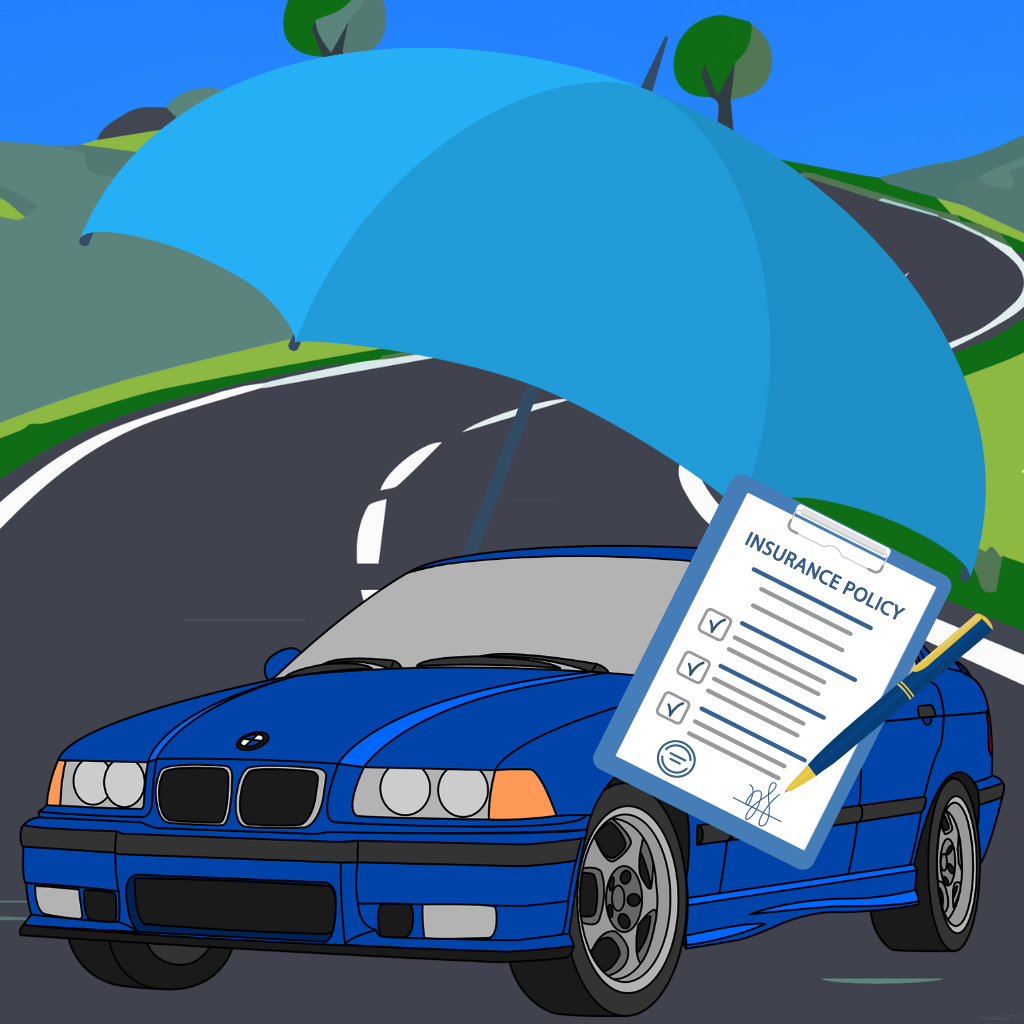What Is Full Coverage Auto Insurance?
In reality, there is no insurance product called “full coverage insurance.” Full coverage insurance is a term that refers to insurance coverage that not only includes mandatory state coverages, but collision and comprehensive as well. In other words, full coverage means that you have insurance in types and amounts that fit your income, assets, and risk profile. Ideally, car insurance is to keep you from being financially ruined by an accident.
Your Policy agents will guide you through the maze of auto insurance options to find the right fit that will guard you from financial catastrophe. You can start with your state-mandated coverage and build your policy to include the protection that works for your needs and your budget.
According to coverage.com, “full coverage means different things to different providers and situations. However, if you’re looking for full coverage, you’ll probably want coverage in at least a few of the following categories.”
- Bodily injury liability: This is a basic coverage included in most minimum requirement auto insurance policies. Bodily injury liability helps pay for things like medical expenses, lost wages and legal fees if you’re involved in an accident and another person is injured.
- Property damage liability: This is also a basic coverage that’s required in most states, property damage liability pays up to the policy limits for damage you do to another person’s vehicle or property.
- Personal injury protection: This helps cover things like medical expenses for yourself and your passengers in the event of an injury from a car accident. It might also include lost income, loss of services, funeral expenses and child care expenses.
- Uninsured/underinsured motorist: If you’re in an accident where the at-fault driver doesn’t have insurance — or enough insurance to cover the damages — your uninsured and underinsured motorist coverage pays for the costs.
- Comprehensive: You’re covered up to a certain amount for non-collision-related damage to your vehicle from events like storms, fire, broken windshield, theft and vandalism. Some people mistake comprehensive coverage for full coverage. However, while full coverage wouldn’t be possible without comprehensive coverage, comprehensive alone is not enough to qualify as full coverage.
- Collision: With full coverage, comprehensive and collision coverage go hand-in-hand. Comprehensive covers all things non-collision, while collision covers all things collision-related, whether you hit another vehicle, another vehicle hits you or you hit an object. This type of coverage is generally required by the lender if you are financing the vehicle.
- Gap insurance: This covers the difference (or gap) between the amount you owe on the vehicle and the vehicle’s actual cash value. You might need this when there is a total loss on the vehicle but you owe more on it than its actual cash value.
Do I Need Full Coverage on My Car?
Whether or not you need full coverage on your vehicle depends on your risk tolerance. Every driver has unique circumstances. The right coverage level is based on your needs, your risks, and your budget. If you have sufficient funds and could easily pay to repair your vehicle, you might decide that you don’t need comprehensive coverage. If you’re on a tight budget, you’ll want more coverage because you may not be prepared for expensive repairs and replacement costs if something happens to your car.
You may also decide to forego comprehensive coverage if your car is kept in a garage overnight where it’s protected from thieves, vandalism, and falling tree limbs. Nevertheless, keep in mind that comprehensive also covers windshield repair, damage caused by hitting an animal, and hail damage. Another consideration is your car’s current value. The more your car is worth, the more you’ll benefit from your insurance policy.
If you’re financing or leasing your car, the lender may require you to carry certain additional coverages.
Do I Need Full Coverage on My Used Car?
Whether or not you need full coverage on a used car depends on the value of your car. If you’re driving an older car in poor condition, calculate the cost to replace it against the cost of your auto insurance. If you’re paying more in premiums than the current value of the car, you probably don’t need full coverage.
When Can I Consider Dropping Full Coverage for More Basic Coverage?
There are certain situations in which your vehicle is over-insured or your policy doesn’t fit your budget. You can consider lowering your coverage if:
- Your car is insured for more than its replacement value: If your vehicle is worth less as a total loss than your coverage, you should consider lowering your coverage.
- Your car has a lot of mileage. Most cars have a life expectancy of about 200,000 miles.
- You own your vehicle outright: If you own your vehicle, you can check into lower cost options.
- Your policy cost is not a good fit for your budget. If you’re having trouble keeping up with your premiums, speak to your agent about more affordable options.
In Summary
Whether or not you need full coverage depends on the age of your car, whether or not you finance your vehicle and your desired coverage levels. Before you make a decision remember that the primary purpose of auto insurance is to protect you from being sued or left financially ruined. If you’re planning to add or drop coverage be sure to check with Your Policy agents, who can answer your questions and guide you to the right decision.







